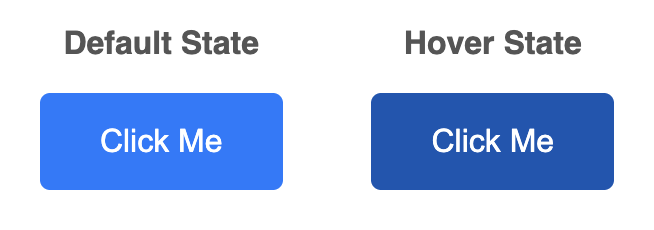Now let's make your links and buttons truly interactive and eye-catching! Links and buttons are the primary way users navigate and take action on a site. Good styling creates a professional, engaging user experience.
Engagement Message
What's one thing you notice about buttons on your favorite websites?
Let's start with basic button styling. You can transform plain HTML buttons using CSS properties you already know.
Example:
button { background-color: blue; color: white; padding: 10px; border: none; border-radius: 5px; }
This creates a clean, modern button.
Engagement Message
Which property in the example gives the button rounded corners?
Links can also be styled just like any other element. A common design choice is to remove the default underline using the text-decoration property.
Example:
a { color: purple; text-decoration: none; }
This makes links purple without underlines.
Engagement Message
Why might you want to remove underlines from links in a navigation bar?
Here's where CSS gets exciting: pseudo-classes let you style elements based on their state or a user's interaction with them. The most common pseudo-class is :hover, which applies styles when a user's mouse is over an element.
This allows you to create interactive effects without any JavaScript.
Engagement Message
What kind of visual feedback do you think would be most helpful when a user hovers over a button?

